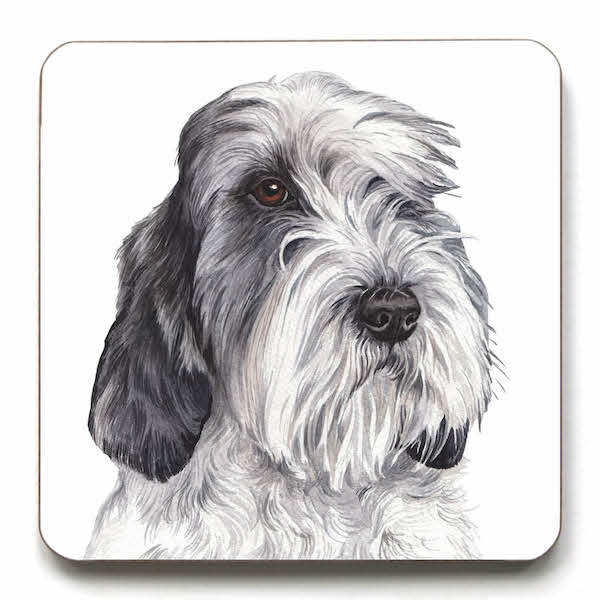
Achondroplasia is one of the most common skeletal conditions in humans. In most cases, this short-limbed dwarfism is caused by mutations in the transmembrane domain of the fibroblast growth factor receptor-3 gene. Most skeletal anomalies in dogs are also classified as achondroplasia, a condition that was also thought to be caused by a genetic mutation in the fibroblast growth factor receptor gene.
The title of an abstract published in 2000 by Achondroplastic dog breeds have no mutations in the transmembrane domain of the FGFR-3 gene.” The authors
The breeds commonly associated with achondroplastic dwarfism are the Welsh Corgi, Bulldogs, Skye Terriers, Dachshunds, Dandie Dinmont Terriers, and Basset Hounds, but it has been observed in a few other (and surprising) breeds as well. The Petit Basset Griffon Vendeen, however, is not one of them.
For some time, the PBGV had the same standard as the GBGV, and only the height and crook were different. But with the passage of time, people realized that the PBGV wasn’t a small Vendeen hound with shorter legs, it was (and is) a small basset harmoniously reduced in all its proportions. For that reason, the PBGV isn’t considered to be an achondroplastic breed.
Image: A Petit Basset Griffon Vendeen by Christine Varley is seen here as a coaster and is available here
